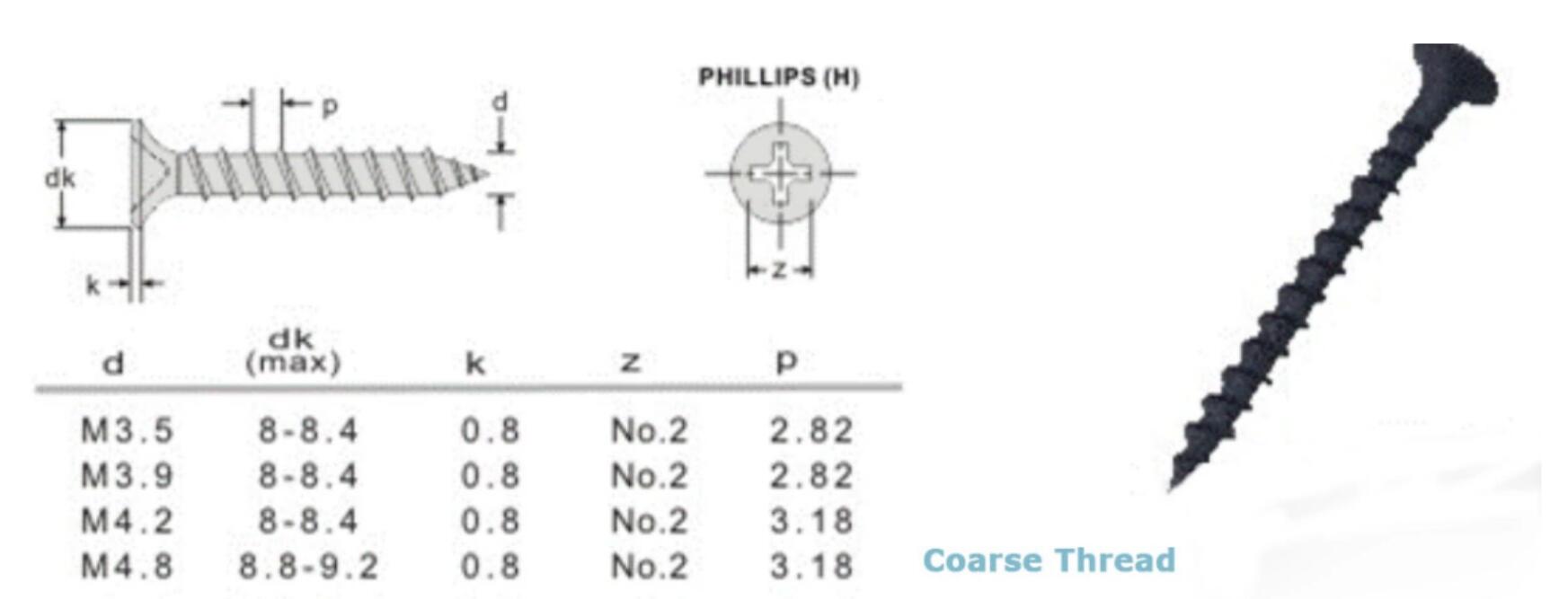belleville washer vs spring washer manufacturers
Belleville Washer vs. Spring Washer A Comprehensive Overview for Manufacturers
Manufacturers often face the challenge of choosing the right washer type for their applications. Among the most sought-after options are Belleville washers and spring washers. While both types serve the purpose of providing clamping force and compensating for loads, they have distinct characteristics that make them suitable for different applications. This article aims to dissect the differences between Belleville washers and spring washers, elaborating on their respective advantages, applications, and considerations for manufacturers selecting between the two.
What is a Belleville Washer?
A Belleville washer, also known as a washer spring, is a disc-shaped spring with a conical shape. Its unique geometry allows it to provide a significant force over a relatively small distance. The design enables Belleville washers to be stacked to achieve varying spring rates and loads, which provides versatility in adjusting the clamping force within a joint. When compressed, the Belleville washer acts like a spring, absorbing shock and ensuring that the joint remains securely fastened even under varying load conditions.
What is a Spring Washer?
A spring washer, commonly known as a wave washer or round spring washer, is typically made of spring steel and features a wave-like design. This design allows the washer to develop a load that resists movement, making it ideal for applications where vibration and impacts can cause loosening of fasteners. Spring washers come in various designs, including single and double wave configurations, but their primary function remains the same to prevent loosening and maintain tension in connections.
Key Differences Between Belleville and Spring Washers
1. Design and Structure - Belleville washers have a conical shape that provides high load capabilities and accommodates significant axial movement. This feature allows them to absorb shock and maintain constant tension over long periods. - Spring washers, on the other hand, typically feature a more uniform wave structure, allowing them to provide resistance to rotation and loosening but with limited axial movement.
2. Load Capacity - Belleville washers can generate higher clamping forces compared to spring washers, making them suitable for heavy-duty applications where significant load-bearing capacity is required. - Spring washers generally offer lower load capacities but are effective in lower-stress applications where vibration resistance is critical.
3. Adjustability - One of the defining advantages of Belleville washers is their stackability. By stacking multiple washers, manufacturers can easily adjust the clamping force, making them highly adaptable to specific load requirements. - Spring washers, however, do not provide the same degree of adjustability, as their load characteristics are fixed based on their design.
Applications
belleville washer vs spring washer manufacturers

Both Belleville and spring washers have found applications across various industries, including automotive, aerospace, construction, and mechanical engineering
.- Belleville Washers - Frequently used in applications requiring high preload force, such as in bolts and nuts in heavy machinery. - Ideal for situations where thermal expansion or contraction may occur, compensating for fluctuations in load.
- Spring Washers - Commonly utilized in electrical connections and automotive assemblies where vibration and movement are prevalent. - Effective for securing components in machinery and equipment that experience frequent operation cycles.
Considerations for Manufacturers
When choosing between Belleville washers and spring washers, manufacturers should consider several factors
1. Application Requirements Assess the specific needs of the application, including load capacity, tolerance for movement, and exposure to vibrations.
2. Cost Belleville washers may be more expensive due to their complexity in design and manufacturing, while spring washers are generally more cost-effective.
3. Material Choice Both washer types can be made from various materials, including stainless steel, which offers corrosion resistance, or carbon steel for cost savings.
4. Design Constraints Evaluate the available space and design constraints, as Belleville washers may take up more space when stacked compared to the compact design of spring washers.
Conclusion
In summary, both Belleville washers and spring washers serve vital roles in maintaining the integrity of assemblies under various load conditions. While Belleville washers excel in high-load and adjustable applications, spring washers are ideal for preventing loosening in low-stress environments. Manufacturers should carefully evaluate their application needs, cost considerations, and design parameters to select the appropriate washer type, ensuring optimal performance and reliability in their products.
-
Top Choices for Plasterboard FixingNewsDec.26,2024
-
The Versatility of Specialty WashersNewsDec.26,2024
-
Secure Your ProjectsNewsDec.26,2024
-
Essential Screws for Chipboard Flooring ProjectsNewsDec.26,2024
-
Choosing the Right Drywall ScrewsNewsDec.26,2024
-
Black Phosphate Screws for Superior PerformanceNewsDec.26,2024
-
The Versatile Choice of Nylon Flat Washers for Your NeedsNewsDec.18,2024










